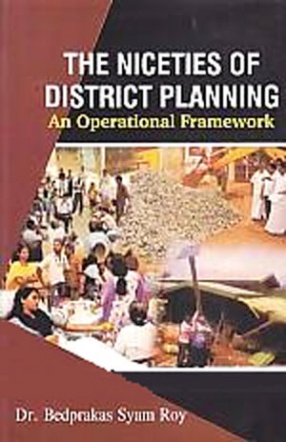
Rural Development

276 books
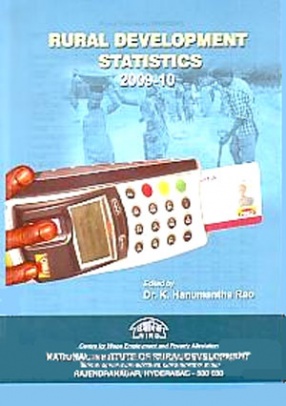

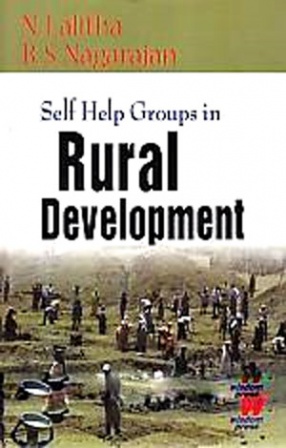
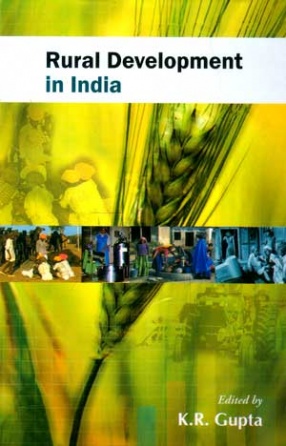
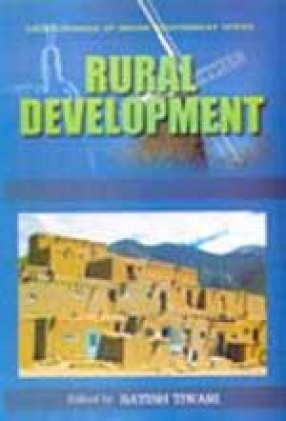
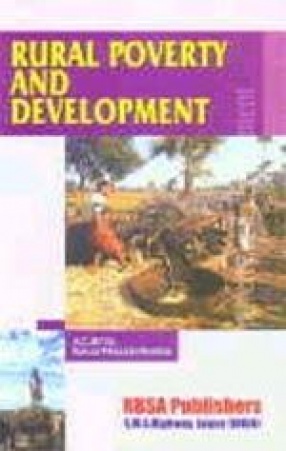

Decentralised vision and governance are destined to shape the quality of local development of our country. These avowed objectives of the 73rd and 74th Amendments of the Constitution of India have yet to take desired shape on a variety of reasons including our inability to put in place proper devolution as enshrined in Article 243G and Article 243W. The absence of defined areas of planning of the local bodies and its presentation formats has been plaguing the ...
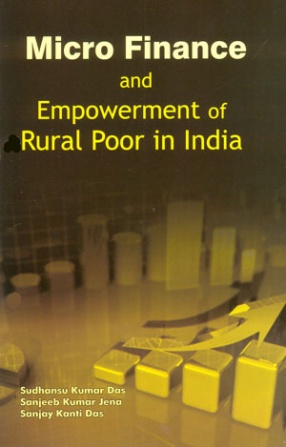
In India, the micro finance initiative of National Bank for Agriculture and Rural Development (NABARD) has passed through various phases over the last two decades, viz. pilot testing during 1992 to 1995, mainstreaming during 1996 to 1998 and expansion from 1998 onwards. Micro finance has emerged as a visible credit channel to the poor as their access to conventional credit sources is constrained by the requirement of collaterals and high transaction costs. Micro ...
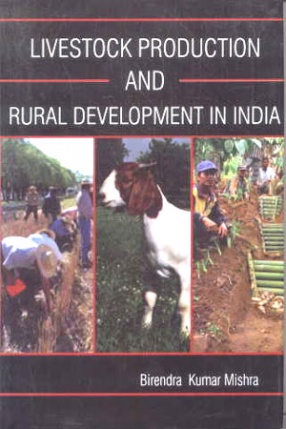
This book written in a simple language enunciates various facts on livestock and rural development. It is meant not only for livestock professionals but also for policy makers planners economists administrators students, teachers and even the millions of resource poor small land holders and landless livestock professionals and sub professionals who are managing the livestock industry of our country. It is written in simple language and avoids technical terms as ...
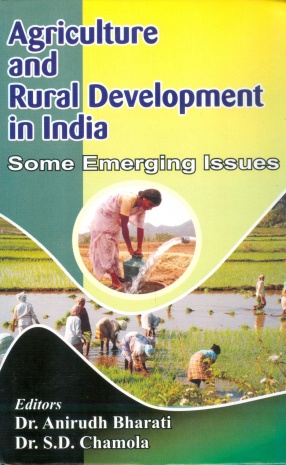
Policy formulation for agriculture and rural development in India should be undertaken in the context of changing scenarios at national and international levels. Only then the policy package will be relevant and visible for implementation. The national and international scenarios are changing very fast. These include the march of science and technology in all disciplines and areas, globalization and integration of economics, economic liberalization, ...

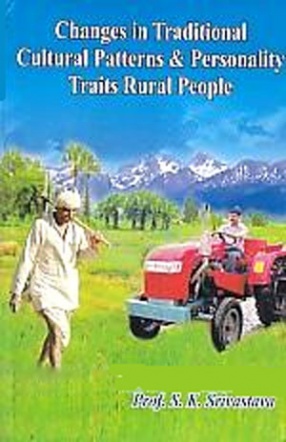
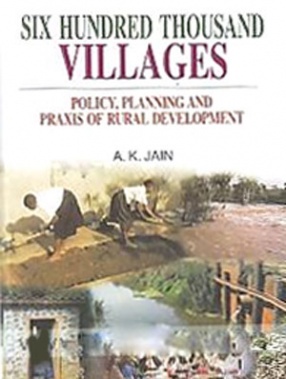

This book basically examines the role of rural housing for decent living of population rooted in rural Uttarakhand with an analytical frame of micro-private benefits like adequacy of living space per person, the quality and durability of houses as well as of macro-public facilities of approach roads, water supply system, electricity, fuel, sanitation and public space. It also establishes a positive impact of housing ensuring utilisation of local natural and human ...
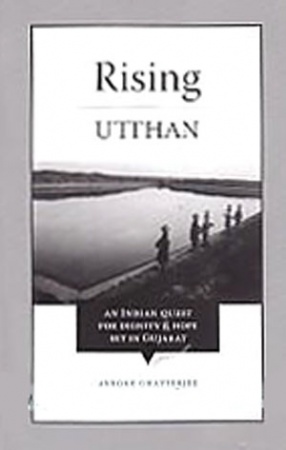
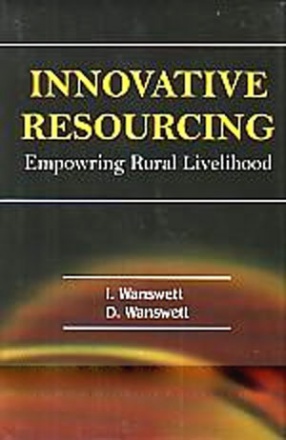
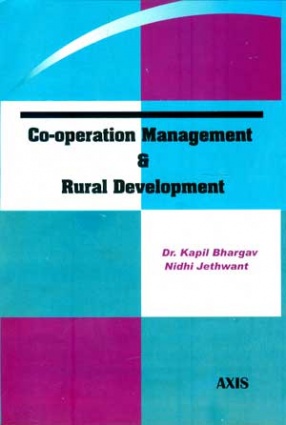
Management is the decision making element of the cooperative. Broadly speaking, its role entails formulating and executing operating policies, providing good service, maintaining financial soundness, and implementing operating efficiencies to successfully meet its objects. Management has greatly improved as cooperatives have become larger, more diversified, and integrated to match similar advances in the marketplace and on the farm. In the early years, local ...
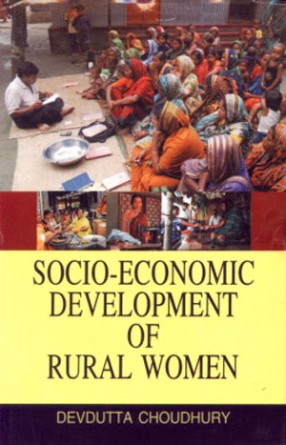
This Volume on “Socio-Economic Development of Rural Women” analyses the role of women in economic development, gender disparity, discrimination, decline in sex ratio, violence on women and other aspects specifically socio-economic condition of rural women. It further examines the position of rural women in various states of India in different sectors. It concludes that women are mostly unorganized, exploited and their contribution to the economy has ...

The book explores the pattern of rural development in contemporary India from a multidisciplinary and historical perspective. The essays overcome the limits of disciplinary approaches to provide a comprehensive analysis of the processes of change and growth at work in the Indian countryside and to review the social and cultural dynamics that have led to the contemporary situation. Providing an analysis of the economic, political and social changes experienced in ...

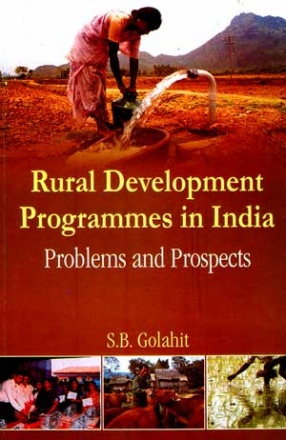
The government of India have formulated many programmes for rural development after independence particularly from 1947. The mass poverty in rural areas is the unique characteristic feature of Indian economy. Since sixty-eight percent of the one hundred and two crores of the present population live in rural areas. Rural Development not only means development of the poor but also improving the rural environment enriching the cultural heritage, motivating them to ...

India's growth story in various sectors--industry, services, mining, and power--particularly since the dawn of the new millennium, though impressive, has not been inclusive. Whereas urban areas have developed fast, the rural areas still lack the basic infrastructure of connectivity, marketing and adequate means of employment generation. Poverty remains a major issue with our huge population living in rural areas, particularly in BIMARU states of Bihar, ...

The habits of the rural classes, the varied produce of the soil and seasons, and the culture and manufacture of indigo : letters from an artist in India to his sisters in England.

Conventional approaches to women's empowerment are based on the twin assumptions that alleviation of poverty will automatically lead to their empowerment and that the major constraint on programmes for upliftment is monetary. The result of five decades of planning, however, has shown that economic assistance by itself does not necessarily improve the status of women. Dr. Sakuntala Narasimhan argues that the more vital inhibiting factors leading to the ...


In a society where major segment of the population lives in villages, rural development must be much emphasised. Panchayats are the oldest institution at village level since times immemorial devoted to govern the village administration and welfare. This book brings together Govt.'s efforts and policies for rural development and poverty alleviation. Employment and poverty alleviation: issues and options; Rural Development; Special component plan and tribal ...

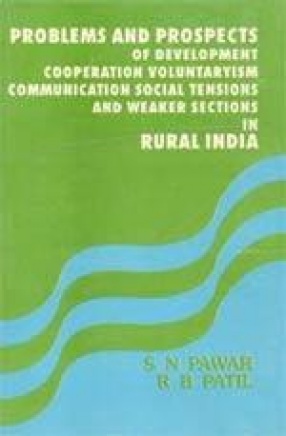
To accelerate the process of economic development and social change, The Community Development Programme was launched in the country in 1952 which was in course of time integrated with the Panchayat Raj institutions. But economic and political benefits were grabbed by the rich farmers and upper strata of village communities. The C.D.P. however did help in establishing an administrative machinery at the grass-root levels and also in creating infrastructural ...

The objective of this volume is to make in the book a few of the articles, that represent some of the more worthwhile contributions. These have been screened from an original list of several hundred articles. In the selection of the articles in this volume, I have tried to emphasise the concepts and principles of the rural development and have tried to put more stress on practical development oriented articles. This volume will be a practical help to faculty ...

This, the second edition of Professor Katar Singh's very successful text, deals systematically with the vast subject of rural development--its basic concepts, elements, objectives, paradigms, determinants, policies and programmes, and management. Stressing the fact that with more than 70 per cent of its population living in rural areas, any strategy for socio-economic development in India must focus on rural development, Professor Katar Singh emphasises the ...
